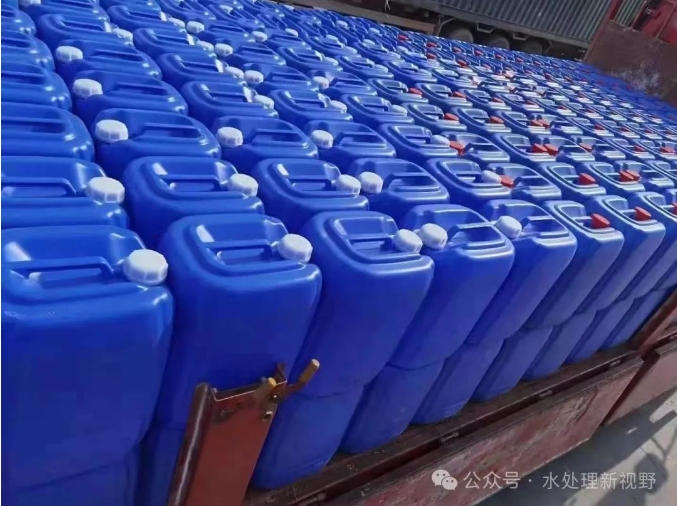Antimicrobial agents, protective solutions, and storage methods for reverse osmosis membrane components
1、 Sterilizing agents and protective solutions for membrane components
1. Formaldehyde: A formaldehyde solution with a concentration of 0.1-1% can be used for system sterilization and long-term shutdown protection. It should be used for at least 24 hours before coming into contact with formaldehyde on membrane components.
2. The trademark name of isothiazoline is Kathon, Kathon is recommended to be used for sterilization and storage at a concentration of 15-20%.
3. Sodium bisulfite: can be used as a preparation for microbial growth. When using this agent to control growth, a dose of 500ppm can be added daily for 30-60 minutes. When used for long-term shutdown protection, 1% sodium bisulfite can be used as its protective solution.
4. Hydrogen peroxide: Hydrogen peroxide or a mixture of hydrogen peroxide and acetic acid can be used as a sterilizing agent. Special attention must be paid to the absence of transition metals (Fe, Mn) in the water supply, as the presence of transition metals can oxidize the membrane surface and cause degradation of membrane components. The concentration of hydrogen peroxide in sterilization should not exceed 0.2%, and hydrogen peroxide should not be used as a protective solution for membrane components during long-term shutdown. The water temperature should not exceed 20 ℃ when hydrogen peroxide is used.

2、 General storage methods for composite membrane components
1. Short term storage is suitable for reverse osmosis systems that have been shut down for 5-30 days. At this time, the reverse osmosis membrane elements are still installed in the pressure vessel of the RO system. The specific steps of the storage operation are as follows: a. Rinse the reverse osmosis system with water, while paying attention to completely removing the gas from the system. b. After filling the pressure vessel and related pipelines with water, close the relevant valves to prevent gas from entering the system.
2. Long term storage: The long-term storage method is suitable for reverse osmosis systems that have been out of use for more than 30 days and whose membrane components are still installed in pressure vessels. The specific steps for storage operation are as follows: a. Prepare a sterilizing solution using the produced water from reverse osmosis, and rinse the reverse osmosis system with the sterilizing solution. The selection of sterilizing agents and the preparation method of sterilizing solution can be referred to in a drug solution. b. After filling the reverse osmosis system with disinfectant, close the relevant valves to allow the disinfectant to remain in the system. At this point, confirm that the system is completely filled. c. If the system temperature is below 27 ℃, a new sterilization solution should be used for the second step every 30 days. If the system temperature is above 27 ℃, a new sterilization solution should be used for the second step every 15 days. d. Before putting the reverse osmosis system back into use, rinse the system with low-pressure water for one hour, and then rinse the system with high-pressure water for 5-10 minutes. Regardless of whether it is low-pressure or high-pressure flushing, all the water discharge valves of the system should be opened. Before restoring the system to normal operation, check and confirm that the product water does not contain any disinfectant.
Information source: New Perspectives on Water Treatment


